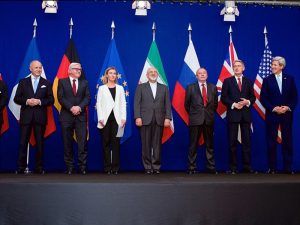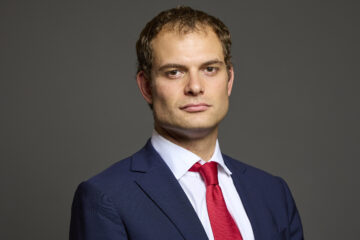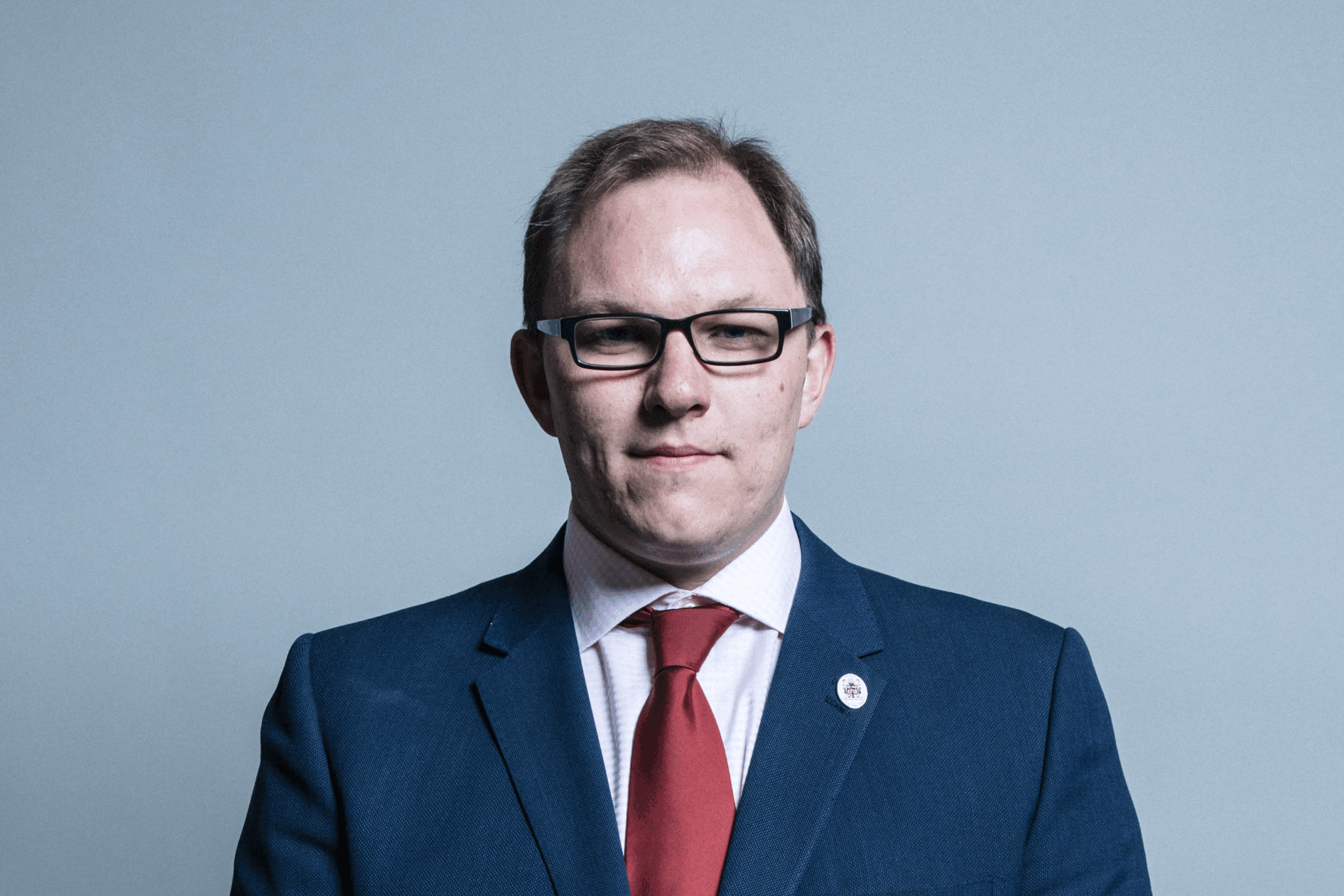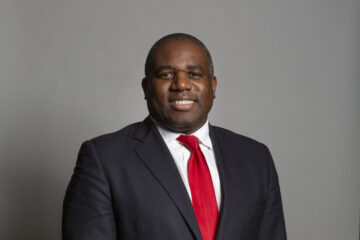
Negotiations about Iranian Nuclear Program. US State Department, Public domain.
Iran last weekend began speeding up its nuclear enrichment programme – just days after talks aimed at reviving the 2015 Joint Comprehensive Plan of Action began in Vienna. But Tehran’s launch of banned advanced centrifuges at the secret Natanz plant appears to have been disrupted by a suspected Israeli attack early on Sunday morning.
What happened
- President Hassan Rouhani used “National Nuclear Technology Day” on Saturday to announce the launch of advanced centrifuges at Natanz – a further breach of the 2015 nuclear deal. The centrifuges shorten the time needed to enrich uranium, the fuel for nuclear bombs.
- The president’s announcement came at the end of a week in which talks aimed at salvaging the agreement – from which Donald Trump withdrew in 2018 – commenced in Vienna.
- On Sunday, a power failure at Natanz triggered an explosion reportedly causing massive damage. Iran called the incident “nuclear terrorism” and blamed Israel. The Jewish state neither denied nor claimed responsibility, although officials dropped unusually strong hints that Mossad may have been involved.
- Iran announced on Tuesday that it has informed the International Atomic Energy Agency that it will begin enriching uranium to 60 percent purity – much closer to the 90 percent threshold for military use.
Facing off – or not
Iran and the US joined other signatories to the JCPOA (signing ceremony pictured above) in Vienna last week for talks. The US isn’t actually in the room for the discussions because it has left the agreement, but its negotiators are nearby. Iran refuses to talk directly to the US diplomats so the European powers – Britain, France and Germany, together with the EU – will shuttle between the two sides. “If they don’t want to sit down with us, too bad for them,” a Biden administration official suggested. “It’s just going to be harder for them to get what they want.” The aim is to produce a path which allows both the US and Iran to return to compliance with the JCPOA. Two working groups – one focused on how to lift economic sanctions imposed by the Trump administration, another examining how Iran can return to the terms that set limits on enriched uranium and the centrifuges needed to produce it – are up and running.
Obstacles aplenty
Joe Biden made clear on the campaign trail last year that he was keen for the US to rejoin the agreement. But there are nonetheless plenty of obstacles:
- The president faces opposition and scepticism from the Republicans, a sizeable number of Democrats and the US’ closest Middle East ally, Israel.
- Biden’s efforts haven’t been helped by a belligerent response from Iran to his overtures. In February, for instance, Tehran severely curtailed International Atomic Energy Agency inspectors’ access to the country’s nuclear sites. It has also continued to breach limits on its stockpile of uranium and deploy advanced centrifuges banned by the deal, as well as enriching uranium to 20 percent, way beyond the 3.67 percent stipulated by the JPCOA. Since January, Iran has acquired 55kg of uranium enriched to 20 percent – 90 percent of the way to weapons-grade.
- Iran is demanding an alleged £710bn compensation from the US for the economic damage supposedly caused by sanctions imposed by Trump. It also wants some 1,600 sanctions lifted – only about half of these were introduced by the Trump administration, and many relate to non-nuclear issues, such as Iran’s support for terrorism and appalling human rights record. Biden is reportedly willing to lift sanctions which the US considers “inconsistent” with the JCPOA.
- Thanks to Trump’s failed “maximum pressure” campaign, the “breakout” time Iran needs to produce enough enriched uranium to fuel a nuclear weapon has fallen from around one year under the JCPOA to three or four months thus giving Tehran extra leverage. Amos Yadlin, former head of military intelligence for the IDF, said at the weekend that Trump’s campaign “did not stop them, it did the opposite”.
- Biden wants eventually to make the deal “stronger and longer”. He is concerned about “sunset” clauses in the JCPOA which, when they expire, allow Iran to resume some banned nuclear enrichment activities. The president has also made clear, in the words of secretary of state Anthony Blinken last month, that the US has “fundamental problems with Iran’s actions across a whole series of things, whether it is support for terrorism, whether it is a ballistic missile programme” which it wants to see a stronger agreement address.
No pressure
Powerful hardline forces in Iran – such as the Islamic Revolutionary Guard Corps – doggedly oppose both the agreement and any compromise with the US. Their hand could be strengthened when the relatively moderate Rouhani leaves office in June. His successor is expected to be more conservative, while the ageing supreme leader, Ayatollah Khamenei, continues to hold great sway and on this issue, as on many others, he is a malign influence. Washington hopes some sort of agreement before June might tie in the Iranians even after the elections.
Upping the ante
Rouhani used “National Nuclear Technology Day” last weekend to up the ante.
- On state TV, a live video link showed the president ordering the injection of uranium gas into advanced centrifuges at Natanz banned by the JCPOA. These included 164 IR-6 centrifuges, 30 IR-5 centrifuges and mechanical tests on IR-9 machines.
- The IR-9 centrifuges are said to enrich uranium 50 times faster than Iran’s first-generation IR-1 centrifuges. The JCPOA limits Iran to use of the IR-1 centrifuge.
- “Once again, I stress that all our nuclear activities are peaceful and for non-military purposes,” Rouhani declared.
- The sensitive Natanz site is largely buried under a concrete and enmeshed steel roof which can only be penetrated by American bunker-buster bombs.
A song and dance
“National Nuclear Technology Day” is an annual event in Iran – this year, it was accompanied by a specially produced music video in which white-coated scientists stood next to centrifuges and sang songs while holding pictures of colleagues allegedly assassinated by Israel.
Natanz attacked … again
Within hours of Rouhani’s announcement, a power cut appears to have triggered an explosion at Natanz on Sunday morning.
- American and Israeli intelligence officials told the New York Times a large explosion “completely destroyed the independent — and heavily protected — internal power system that supplies the underground centrifuges that enrich uranium”. They claimed that, thanks to the damage, it could take at least nine months to restore production at Natanz. Such a delay could “significantly” affect Tehran’s leverage at the Vienna talks, the Times speculated.
- The intelligence sources indicated Israel had been involved in the attack. Israel’s Kan public broadcaster also quoted an intelligence source suggesting the damage at Natanz was “extensive” and the timing of the attack was not coincidental given Rouhani’s announcement the previous day. However, the Jerusalem Post reported, the attack has been long planned.
- Hebrew media in Israel attributed the attack to Mossad. Unusually, the Israeli military censor did not attempt to prevent such reporting, while Benjamin Netanyahu appeared to allude to the events at a ceremony honouring Israel’s armed forces ahead of the country’s Independence Day celebrations.
- Iran’s foreign minister, Mohammad Javad Zarif, pointed the figure of blame at Israel on Monday and vowed to “take revenge on the Zionists”. He also said damaged centrifuges would be replaced by more advanced ones. A spokesman for the Iranian foreign ministry labelled the attack “nuclear terrorism”. The country’s atomic energy organisation later referred to a “small explosion” and said the damage could be “quickly repaired”, although on Tuesday senior official Alireza Zakani confirmed that “several thousand” centrifuges had been destroyed or damaged in the attack.
- The new US defence secretary was in Israel on Sunday, meeting with Netanyahu and defence minister Benny Gantz. It is unclear if the attack was discussed. Under both presidents George W Bush and Barack Obama Israel and the US cooperated to disrupt the Iranian nuclear programme. A 2010 cyberattack disabled nearly 1,000 centrifuges at Natanz.
- Last July, Israel was widely believed to have been responsible for an explosion at Natanz which badly damaged a building producing centrifuges. That action, it was suggested at the time, had thrown Iran’s nuclear effort off course by months, if not years.
A cyberattack?
Initial suggestions of a cyberattack were dismissed by some Iran experts, who indicated the site must have been targeted indirectly or physically infiltrated. Iranian facilities are “air-gapped” – not connected to the wider internet – precisely to reduce the risk of cyberattacks. It had been reported that a bomb was smuggled into the site and detonated remotely. The blast is said to have taken out both Natanz’s primary electrical system and its backup.
What happens next
Rouhani claimed at a cabinet meeting on Wednesday that the decision to enrich uranium to 60 percent was a response to the Natanz attack. However, on Israel’s Channel 13 analyst Alon Ben David questioned whether the damaged Natanz facility would be able to produce anything but very small amounts of uranium enriched to 60 percent. The Fordo nuclear facility, he added, has only a relatively small number of centrifuges capable of enriching to 60 percent.


